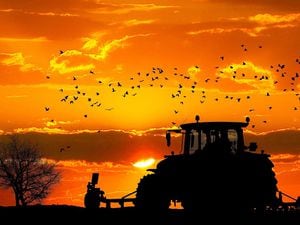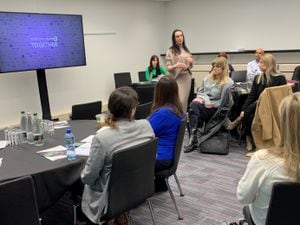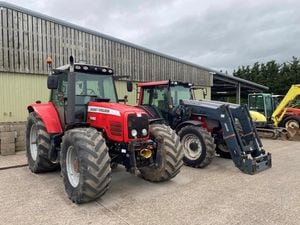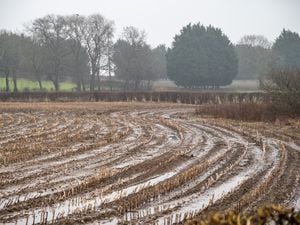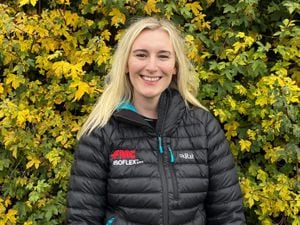Regular foot care promotes herd health
When is the best time to foot trim cattle?
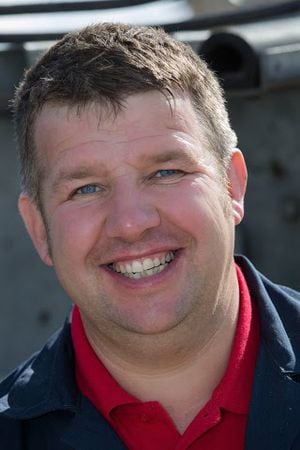
Lameness can be a recurring problem in a herd and a real cost burden to a business. Poor cow mobility can have detrimental effects on a herd’s fertility, production and performance. A well thought-out and planned foot care programme that is specifically tailored to each dairy or beef herd will have positive impact on the productivity, longevity and general health of livestock.
Nearly all lameness problems originate around, in, or between, the claws, and therefore a simple, safe and effective system for handling and inspecting cows' feet will encourage prompt treatment and recovery.
The primary aim of good foot trimming is to return hooves to their ideal shape for even bearing of weight and for balance. Removing horn around an ulcer or lesion will help to reduce pressure pain on that lesion and therefore promote its healing process. Sometimes fitting a block onto the foot helps to further reduce trauma to a lesion. Dead and diseased horn needs to be eradicated to reduce risk of further spread to other tissue, prevent abscesses and to ensure that new, healthy horn can grow back.
Every animal in the herd should have its feet lifted, inspected and if required trimmed at least once every year, ideally close to calving or in early lactation. If cows are in good shape during the transition period, they are less susceptible to digital dermatitis. I find that treating cows at more regular intervals compared to whole herd trims, prevents lameness episodes at certain points in a cow’s lifecycle. Sometimes more targeted, regular trims rather than mass herd trims reap greater performance results.
A follow-up inspection mid-lactation may also be useful in spotting potential problems. Often there is a lack of follow-up carried out on lame cows – this is a major cause of repeated cases – so six weeks later that animal might be lame again. Regular foot trims allow you to monitor and observe change and to determine treatment effectiveness. If a problem can be nipped in the bud quickly, it means an animal can be in greater comfort and it’s less of a cost burden on the farmer.
Over-trimming can contribute to bruising, lameness and increased risk of future claw overgrowth particularly on farms with sharp, eroded concrete. When conducting functional trims the hoof should not be trimmed past the point of the toe. Cows that become lame two to three days post trimming may be caused by over-trimming.
Digital dermatitis is the most common skin disease of the foot often associated with housing especially in cubicles, and prolonged contact with slurry. Young cows, cows in early lactation and those with other foot problems are also more likely to suffer from digital dermatitis. Maintaining low infection areas on farm through good hygiene, slurry management and foot bathing cows will help keep bacteria away from the feet that can cause digital dermatitis and foul in the foot.
Nick Challenor is the owner of ND Challenor Professional Livestock Services.

